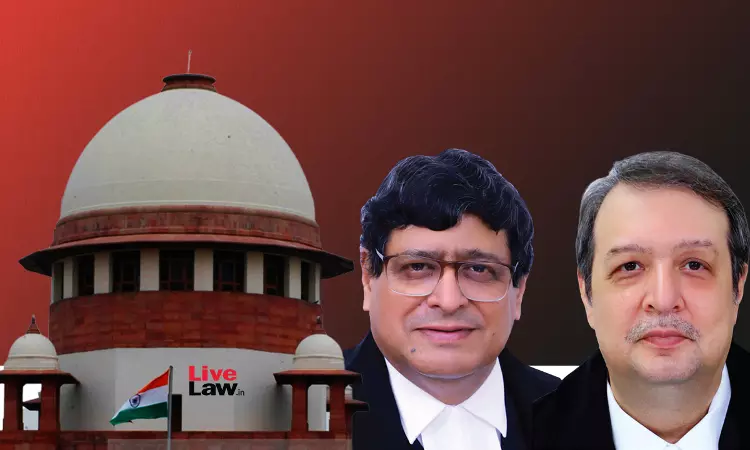Evidence Of Injured Witness Has Greater Evidentiary Value, Their Statements Can’t Be Discarded Lightly: Supreme Court
Rintu Mariam Biju
1 April 2023 2:19 PM IST

Next Story
1 April 2023 2:19 PM IST
While dismissing the appeal pleas of two murder convicts, the Supreme Court of India reiterated certain important principles on the appreciation of oral evidence of injured eye witnesses during the trial stage.“The evidence of injured witness has greater evidentiary value and unless compelling reasons exist, their statements are not to be discarded lightly”, a Bench of Justices...
